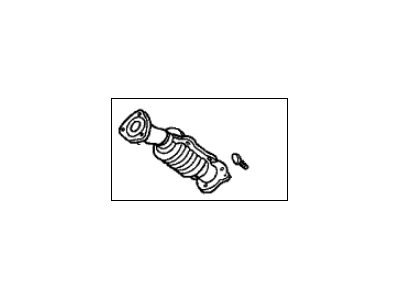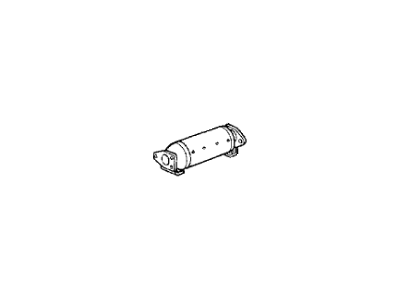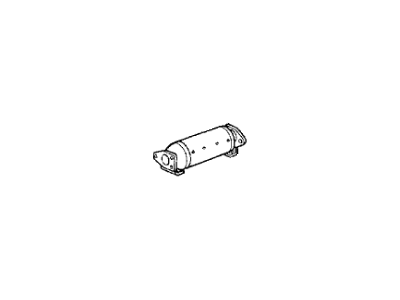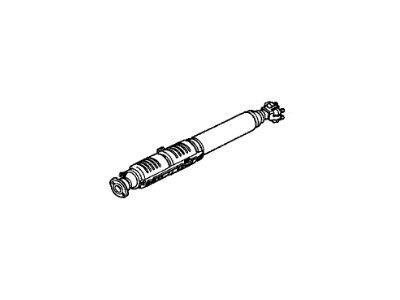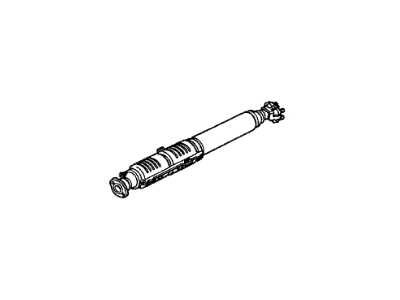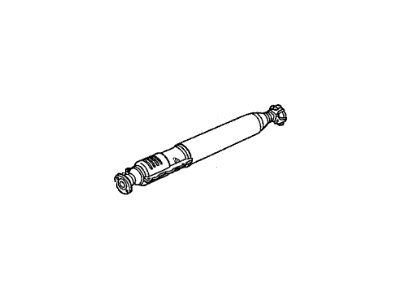×
- Hello
- Login or Register
- Quick Links
- Live Chat
- Track Order
- Parts Availability
- RMA
- Help Center
- Contact Us
- Shop for
- Acura Parts
- Acura Accessories

My Garage
My Account
Cart
Genuine Acura Legend Catalytic Converter
Cat. Converter- Select Vehicle by Model
- Select Vehicle by VIN
Select Vehicle by Model
orMake
Model
Year
Select Vehicle by VIN
For the most accurate results, select vehicle by your VIN (Vehicle Identification Number).
14 Catalytic Converters found
Acura Legend Catalytic Converter
We provide a broad range of OEM Acura Legend Catalytic Converter at unbeatable prices on our website. For your OEM parts, You can count on the guaranteed quality, manufacturer's warranty, outstanding customer service, and prompt delivery. We look forward to your visit.
Acura Legend Catalytic Converter Parts Questions & Experts Answers
- Q: What Should Be Checked or Considered When Diagnosing or Replacing a Catalytic Converter on Acura Legend?A:Excuse of a Federally mandated extended warranty covers emissions-related components such as the catalytic converter, so it's advisable to check with a dealer service department before replacing the converter at your own expense. The catalytic converter is an emission control device added to the exhaust system to reduce pollutants from the exhaust gas stream, with two types available: the conventional oxidation catalyst, which reduces hydrocarbon (HC) and carbon monoxide (CO) levels, and the three-way catalyst, which lowers oxides of nitrogen (NOx) as well as hydrocarbons (HC) and carbon monoxide (CO). The test equipment for a catalytic converter is expensive and sophisticated; if malfunction is suspected, take the vehicle to a dealer or authorized emissions inspection facility for diagnosis and repair. Whenever the vehicle is raised for servicing of underbody components, check the converter for leaks, corrosion, dents, and other damage, including the welds and flange bolts that attach the converter to the exhaust system. If damage is found, the converter should be replaced. Although catalytic converters don't break often, they can become plugged. To check for a restricted converter, use a vacuum gauge to diagnose the effect of a blocked exhaust on intake vacuum by opening the throttle until the engine speed reaches about 2000 rpm, then quickly releasing it. If there is no restriction, the gauge will quickly drop to no more than 2 in-Hg above its normal reading. If the gauge shows 5 in-Hg or more above its normal reading or hovers around its highest reading before returning, the exhaust system or the converter is likely plugged, or there may be a bent or dented exhaust pipe, or the core inside the muffler may have shifted.
